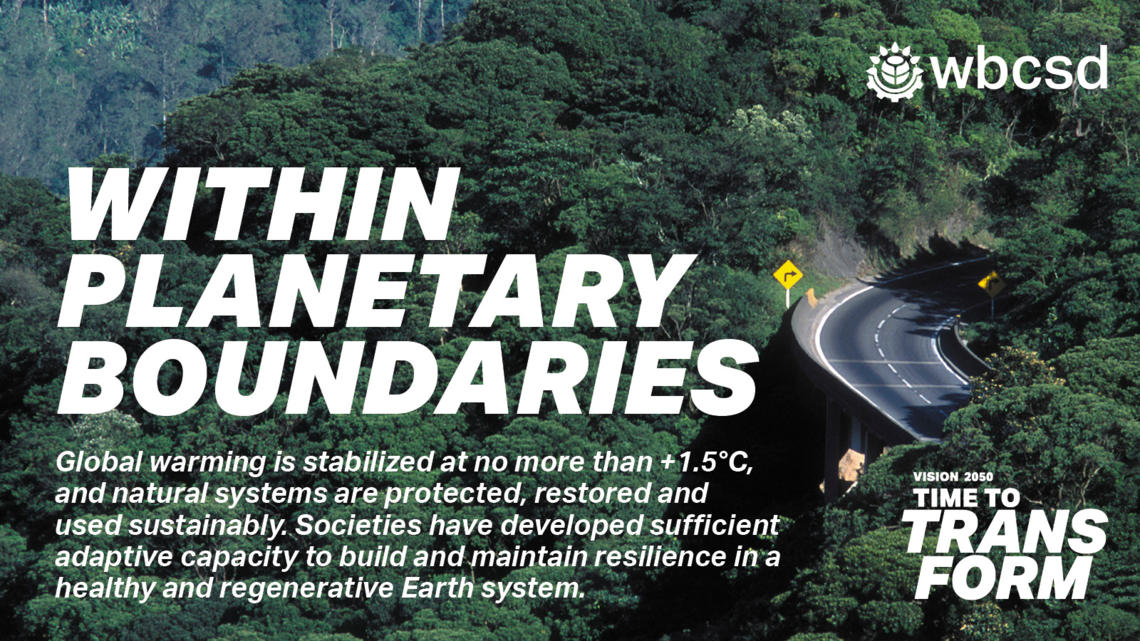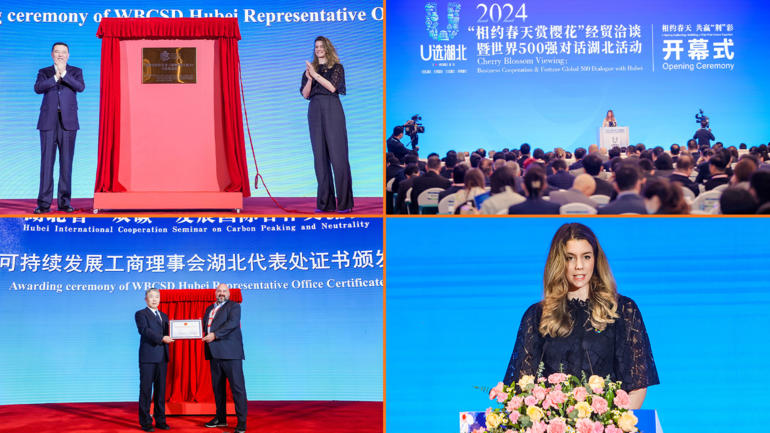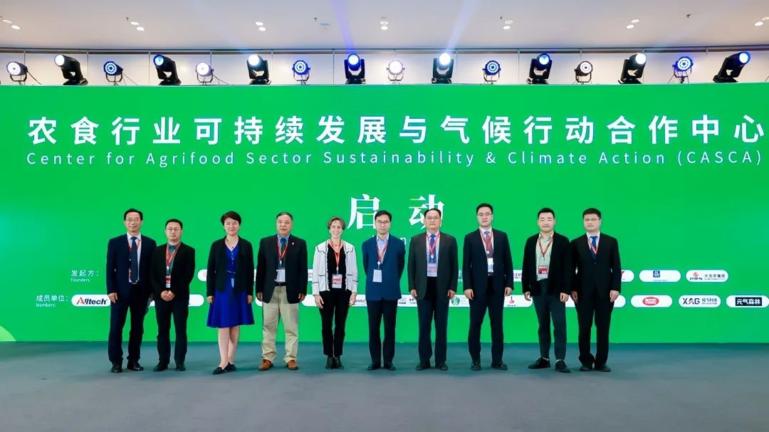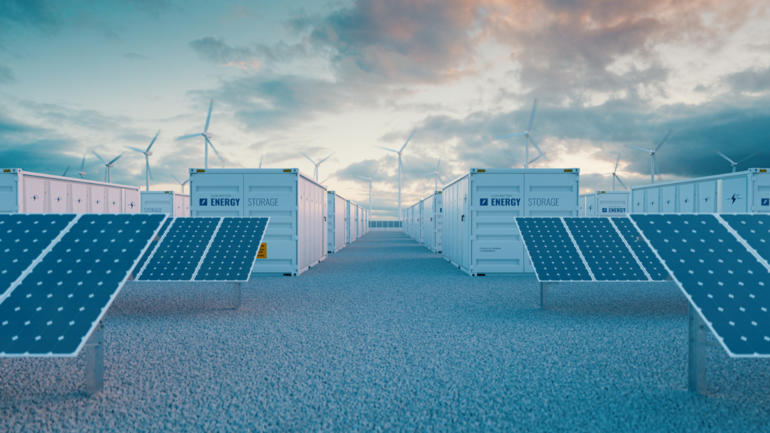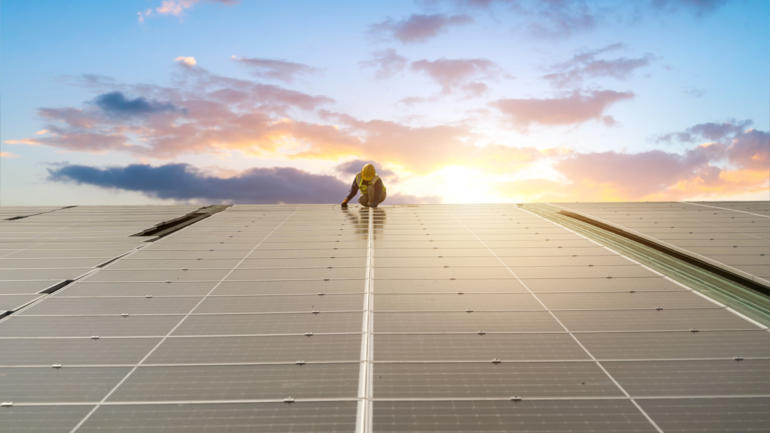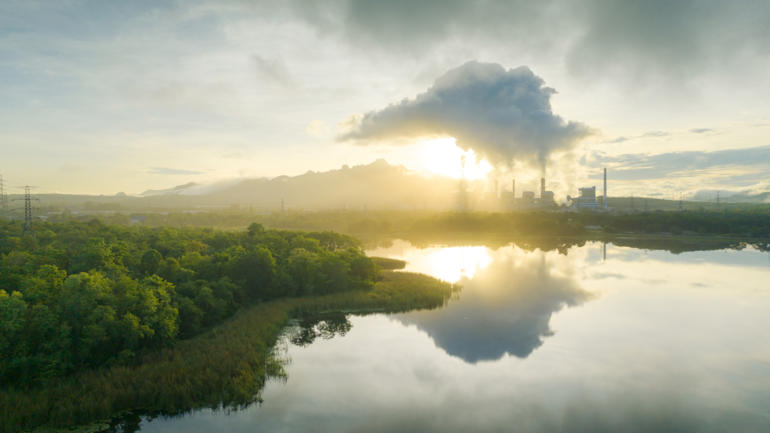WBCSD’s Vision 2050: Time to Transform is a comprehensive framework for business action in line with the urgency of the three biggest challenges we collectively face: the climate emergency; nature in crisis; and mounting inequality. Business can and must lead the transformations needed to address these challenges.
Future business success depends on thriving societies to trade with, and a healthy planet for us to exist on, and so Vision 2050 begins by providing companies with a common understanding of what a sustainable future will look and feel like in practice.
Drawing from the latest science, a broad range of expert inputs, and close consultation of intergovernmental instruments and frameworks, we have laid out a tangible picture of the world that we can and need to create, in which 9+ billion people live well, within planetary boundaries. A future that isn’t just possible, but necessary. This blog digs into what it means to live “within planetary boundaries”, and what we are doing to accelerate action to achieve that.
At the highest level, it means that global warming is stabilized at a level no more than +1.5°C and nature is protected, restored and used sustainably. It also means that societies have developed sufficient adaptive capacity to build and maintain resilience in a healthy and regenerative Earth system. These conditions are basic foundations for future business success and long-term prosperity. Vision 2050 lays out eight fundamental foundations for living within planetary boundaries that we need to realize.
Global warming is stabilized at no more than 1.5ºC and clear air is available for everyone
Global anthropogenic greenhouse gas emissions have reached net-zero; improved air quality supports better health and environmental outcomes; aerosol emissions to the atmosphere have been minimized; the ozone layer in the stratosphere has stabilized and is repairing.
The biosphere is protected and restored
The biosphere’s ecosystems are sufficiently resilient to sustain and regulate the environment; regulatory services (such as pollination) are thriving; afforestation and habitat creation are embraced; conservation plans for species threatened by climate change are implemented; the spread of invasive species is limited; habitats and ecosystems are enhanced and connected.
Healthy land and soils are stewarded in an equitable and sustainable way
Expansion of land used for agricultural and food production is halted, conserving forests, grasslands, wetlands and peatlands; the importance of land and forest restoration is universally recognized; innovative technologies ensure the wide practice of land management and stewardship.
The oceans and cryosphere are protected and restored
Ocean temperature increase and acidification, sea-level rise and marine heatwaves are kept within manageable bounds; ocean ecosystems regenerate and thrive; losses from ice sheets and glaciers, reductions in snow cover and arctic sea ice, and increases in permafrost temperatures are limited to those that cannot be avoided at 1.5ºC of global warming, and black carbon emissions are eliminated.
The freshwater cycle is safeguarded, and clean water is available for all
Sustainable management of water systems allows for groundwater to be restored; local water storage capacity is optimized for equitable and efficient use; freshwater systems, including wetlands, are conserved and restored, storing carbon and encouraging nature to thrive.
Land, oceans, waterways and coastlines are free from waste and pollution
Plastic pollution has been eliminated; emissions of other toxic, persistent and bio-accumulative substances have ceased; biogeochemical cycles of nitrogen and phosphorous have been returned to a sustainable balance, protecting waterways from eutrophication.
Natural resources are consumed sustainably
The true value of resources is recognized; service-oriented and circular material flows have enabled people to use natural resources sustainably; the ecological footprint of production and consumption has been reduced by more than half; waste is minimized; efficient and sustainable food systems deliver nutritious food and clean water for all; everyone has access to clean, affordable energy.
Nature is valued
People value nature in its own right, recognizing the intrinsic and existential value of the natural world; governments, companies and financial institutions consider the value of nature in all decision making; everyone enjoys access to nature, which continues to inspire ingenuity and creativity.
While governments, businesses and investors increasingly recognize the urgency for action, the emissions curve keeps going up, shrinking the small window of time we have left to avert dangerous, irreversible climate change. The longer we fail to act to transform all systems, the more costly, unproven and dangerous the methods and technologies necessary for our survival will be. A systems approach is key, for it is from systems - the food system, the energy system, the waste system - that the most pressing environmental and social problems of today emerge, and where the solutions must be embedded.
Businesses are already showing leadership in this systemic change, with many realigning their purpose and strategy towards a net-zero goal, and thousands joining the UNFCCC Climate Champions-led campaign, Race To Zero, setting science-based targets and following commitments with strong actions to decarbonize their operations, business models and value chains towards a net-zero future.
Natural solutions can provide up to 30% of the climate mitigation that we need by 2030, but are estimated to receive only 8% of public climate finance. If we had the same level of investment in nature that we have in renewable energy, we would be further ahead on our global climate goals and substantial progress would have been made towards the Aichi Biodiversity Targets on avoiding further nature loss, as well as towards limiting the severity of the climate crisis as mandated by the Paris Agreement.
Business is playing a critical role in accelerating climate recovery and reversing nature loss. Nature-based solutions and natural climate solutions (NbS and NCS), which sequester carbon from the atmosphere, are fundamental to building true climate resilience and need to occur in tandem with rapid decarbonization of the global economy. Scaling these solutions will be critical to combating the climate emergency while protecting high-value ecosystems and reversing nature loss.
By investing in protecting and restoring nature – through NbS alongside cutting emissions in line with science – business can have a strong positive impact on climate and people: avoiding emissions, increasing carbon removals from the atmosphere, providing valuable income streams for rural communities, and protecting high-value ecosystems.
WBCSD is supporting our members to scale investments in quality, nature positive NbS and NCS. In December last year, we launched the report Mapping nature-based solutions and natural climate solutions. This report is our first step to making sure that NbS are understood correctly by business, laying out clear definitions and clarifying the scope for NbS - and in particular NCS – to accelerate consistent and credible actions that are of high quality.
Developing and delivering high-quality NbS can and should support the achievement of critical climate, nature and biodiversity goals, as well as contributing to local communities and providing opportunities for business to invest in positive asset class investments.
At its core, Vision 2050 is about how we can run companies well, well into the future. It shows how we need to, and can, create a world in which more than 9 billion people live within planetary boundaries. The decade ahead is critical if we are to succeed in achieving this vision – every day counts. Join us and our members in accelerating the transformations required!
Please do get in touch if you are interested in hearing more about Vision 2050: Time to Transform and feel free to access all the assets we have developed to support businesses in moving from vision to action.
VISION 2050 INSIGHT SERIES
This article is part of an ongoing insight series into WBCSD’s Vision 2050: Time to Transform.
Introduction: Julian Hill-Landolt, Director Vision 2050, introduces the Vision 2050: Time to Transform insight series and provides an overview of the topics that will be covered.
Living Well: Filippo Veglio, Managing Director, People and Society at WBCSD takes a deeper look at what it means to “"live well” - a world in which everyone's dignity and rights are respected, basic needs are met and equal opportunities are available for all.
Next up: Diane Holdorf will be back with a deeper look into Vision 2050's food pathway

